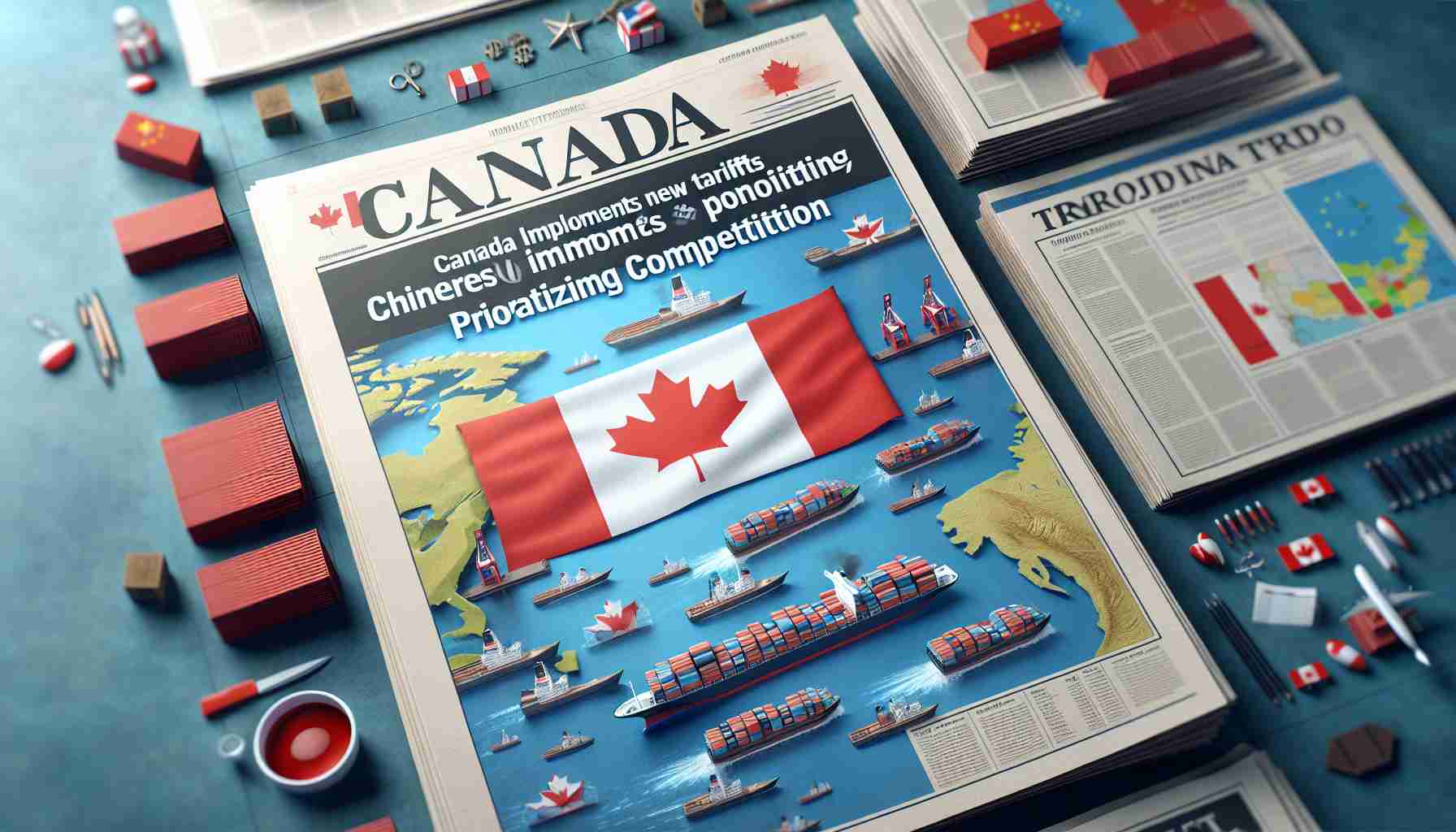Canada announced significant changes in import tariffs on Monday, diverging from previous policies to ensure fair competition within its industries. The country unveiled a strategy to impose 100% tariffs on electric vehicles made in China, a move aimed at addressing concerns over unfair subsidies and market dynamics.
The decision to enforce hefty tariffs on Chinese EVs reflects a broader trend among global economies, with the U.S. and European Union also resorting to similar measures. Canada, which currently applies a 6.1% tariff on Chinese EV imports, plans to implement the new tariffs starting from Oct. 1.
In addition to the tariffs on electric vehicles, Canada will also introduce a 25% tariff on steel and aluminum imports from China, effective as of Oct. 15. This decision is part of a broader effort to level the playing field for Canadian workers and domestic industries, as outlined by the country’s finance department.
The government aims to safeguard the interests of Canadian workers and industry players by bolstering competitiveness both domestically and globally. These actions underscore Canada’s commitment to fostering a fair and sustainable economic environment for its key sectors.
The imposition of tariffs by Canada has stirred reactions from the Chinese Embassy, expressing strong opposition and a resolve to protect its firms. The global repercussions of these tariff decisions will likely shape future trade relations and economic landscapes between the two nations.
Canada’s New Tariffs on Chinese Imports: What You Need to Know
Canada’s recent announcement regarding significant changes in import tariffs aimed at promoting fair competition has sparked discussions about its implications on trade dynamics between the country and China. While the previous article highlighted the decision to impose 100% tariffs on Chinese electric vehicles and introduce tariffs on steel and aluminum imports, there are additional aspects to consider in this ongoing development.
Key Questions:
1. What is the rationale behind Canada’s decision to target specific Chinese imports with high tariffs?
2. How are other countries responding to Canada’s tariff measures, and what impact might this have on global trade dynamics?
3. What are the potential advantages and disadvantages of imposing tariffs on Chinese goods for the Canadian economy?
Answers and Analysis:
1. The primary objective of Canada’s tariff implementation is to address concerns related to unfair subsidies and market imbalances, particularly in industries such as electric vehicles, steel, and aluminum. By levying higher tariffs on these imports, Canada aims to protect its domestic industries and workers from unfair competition.
2. Similar actions by the U.S. and the European Union reflect a global trend towards reevaluating trade relationships and prioritizing domestic interests. The responses from China and other affected nations will likely influence future trade negotiations and economic strategies on an international scale.
3. Advantages of the tariffs may include boosting the competitiveness of Canadian industries, safeguarding jobs, and potentially reducing trade deficits. However, challenges such as potential retaliatory measures from China, increased costs for consumers, and disruptions in global supply chains are possible disadvantages that could impact the overall economy.
While Canada’s efforts to ensure fair competition are commendable, the complexities of international trade relations and the interconnected nature of the global economy present challenges that warrant careful consideration. The resolution of these issues will require ongoing dialogue and collaboration between all involved parties.
For further information on global trade dynamics and tariff developments, you can visit the World Trade Organization website to access comprehensive resources and updates in this area. Stay informed about the latest developments to gain a deeper understanding of the evolving landscape of international trade.
